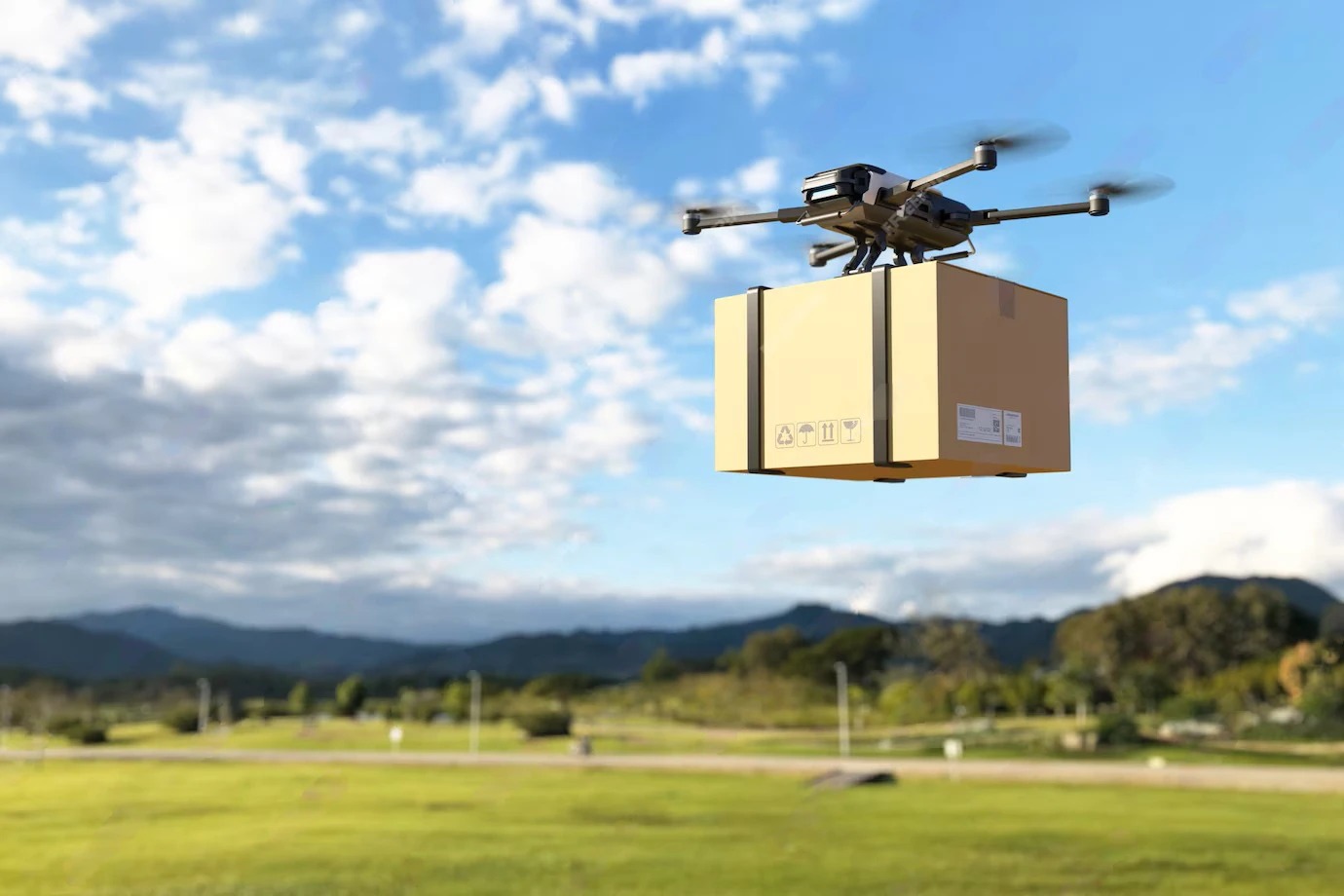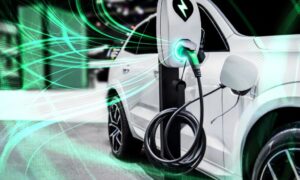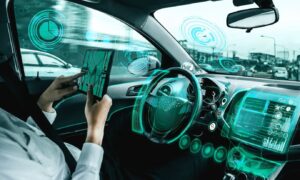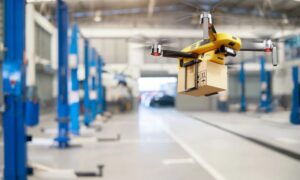The world of logistics and delivery has experienced a dramatic shift in recent years, with one of the most significant transformations being the rise of autonomous delivery systems. Going into 2025, drones and robots are no longer futuristic concepts. They are an integral part of supply chains that revolutionize the way goods are transported, delivered, and received. These technologies are redefining delivery efficiency, cutting costs, improving sustainability, and enhancing customer experiences.
The Rise of Autonomous Delivery Systems
In 2025, autonomous delivery systems, particularly drones and robots, have become commonplace in urban and suburban environments. This shift is driven by advancements in artificial intelligence (AI), machine learning, and robotics, which have enabled these machines to navigate complex environments with precision and autonomy.
Drones: Taking Delivery to New Heights
Drones have emerged as a popular choice for fast, efficient, and eco-friendly delivery solutions. These unmanned aerial vehicles (UAVs) are used for small parcel deliveries, particularly in urban areas where traffic congestion can delay traditional vehicle-based delivery systems. With the ability to fly directly to their destination, drones can significantly reduce delivery times, often completing deliveries in under 30 minutes.
Companies like Amazon, FedEx, and UPS have been piloting drone delivery services for several years, and by 2025, these services are becoming a mainstream option. Drones are now capable of handling deliveries of up to five pounds, making them ideal for small packages like electronics, pharmaceuticals, and groceries.
Robots: Ground-Level Delivery Revolution
While drones soar above the streets, autonomous robots are making their mark on the ground. These delivery robots, equipped with sensors, cameras, and AI systems, navigate sidewalks and streets to deliver goods directly to consumers. Many of these robots are already operational in select cities, delivering food, groceries, and packages with remarkable efficiency.
One of the leading companies in this space is Starship Technologies, whose robots can autonomously navigate urban areas to deliver food orders within 30 minutes. In 2025, autonomous delivery robots are expected to become a common sight in cities worldwide, expanding the range of services they offer and increasing their ability to navigate more complex environments.
How Autonomous Delivery Is Changing the Supply Chain
The integration of drones and robots into delivery systems is not just a trend—it’s a game-changer for the entire supply chain ecosystem. These technologies are enhancing the logistics process in several key ways:
1. Efficiency and Speed
One of the most significant advantages of autonomous delivery is the speed at which goods can be delivered. Drones can fly directly to their destinations, avoiding traffic congestion and traditional roadblocks. Similarly, autonomous robots can navigate shorter distances with minimal delays. This reduction in delivery time benefits both businesses and customers, increasing satisfaction and streamlining operations.
For example, drone deliveries in urban areas can provide same-day or even same-hour services, while robots can handle last-mile deliveries with more accuracy and speed than human couriers.
2. Cost Reduction
Autonomous delivery significantly reduces operational costs associated with traditional delivery methods. By eliminating the need for human drivers and delivery vehicles, businesses can lower wages, fuel costs, and vehicle maintenance expenses. Drones and robots require far less oversight and maintenance, making them a cost-effective solution for both local and international deliveries.
For companies operating on a global scale, autonomous delivery allows for greater scalability without the need to hire additional staff or purchase more vehicles, reducing overall logistical costs.
3. Sustainability and Environmental Impact
Autonomous delivery systems offer clear environmental benefits. Drones provide an eco-friendly alternative to traditional delivery trucks. Powered by electricity and built to be lightweight, drones use significantly less energy than gasoline-powered vehicles.
Autonomous ground robots also support sustainability efforts. Many models run on electricity and feature energy-efficient designs, helping cut down the carbon footprint of delivery operations. As demand grows for fast and eco-conscious delivery methods, autonomous vehicles will take a leading role in reducing the environmental impact of logistics.
Challenges to Overcome
Despite the clear benefits, there are several challenges that must be addressed before autonomous delivery systems can fully transform the supply chain:
1. Regulation and Safety Concerns
The deployment of drones and robots in public spaces presents regulatory challenges. Governments around the world are still working to establish laws and guidelines for drone flight paths, airspace management, and autonomous vehicle operation. Additionally, safety concerns, such as avoiding collisions with pedestrians or other vehicles, remain a critical consideration for both drones and ground robots.
2. Technology and Infrastructure Limitations
While the technology behind autonomous delivery is rapidly advancing, it’s not without limitations. Drones, for example, rely heavily on GPS and other sensor systems, which urban environments with tall buildings or poor weather conditions can disrupt. Similarly, ground robots must navigate crowded sidewalks and intersections, where obstacles and pedestrian traffic can slow them down.
For autonomous delivery to become widespread, the infrastructure will need to adapt. This includes creating dedicated air corridors for drones and improving urban designs to accommodate robot delivery lanes.
3. Consumer Acceptance
As with any emerging technology, consumer acceptance is crucial for the widespread adoption of autonomous delivery systems. Many customers may initially be skeptical about the reliability or safety of drone or robot deliveries. Over time, as these technologies prove their efficiency and safety, consumers are likely to become more comfortable with them.
The Future Outlook: What’s Next for Autonomous Delivery?
Looking ahead, the future of autonomous delivery is promising. In 2025, drones and robots will play an integral role in supply chains across industries. The continued advancement of AI, machine learning, and robotics will enable these systems to become faster, more reliable, and more efficient, making them an even more attractive solution for businesses and consumers alike.
In the coming years, we can also expect more seamless integration between autonomous delivery systems and other aspects of the digital economy, such as the Internet of Things (IoT) and smart cities, creating a more interconnected and streamlined logistics ecosystem.
Final Thoughts: A Game-Changer for the Future of Logistics
Autonomous delivery systems are no longer a futuristic concept—they’re quickly becoming a reality that will redefine how we think about logistics. The combination of speed, efficiency, and sustainability makes drones and ground robots an attractive solution for modern delivery demands. Businesses that embrace these technologies early will gain a competitive edge, while those that hesitate may struggle to keep up with changing consumer expectations.
However, widespread adoption requires more than just innovation. Clear regulatory frameworks must support safety, privacy, and equitable access. Governments, tech companies, and logistics providers need to collaborate to create standards that protect public interest while encouraging progress. Urban infrastructure will also need to evolve to support autonomous navigation and seamless delivery drop-offs.
Ultimately, the success of autonomous delivery lies in its ability to solve real-world problems—not just through technological brilliance, but by enhancing lives and operations on the ground. If deployed thoughtfully, these systems will not only transform supply chains but also contribute to a more sustainable, responsive, and resilient future in global logistics.



























